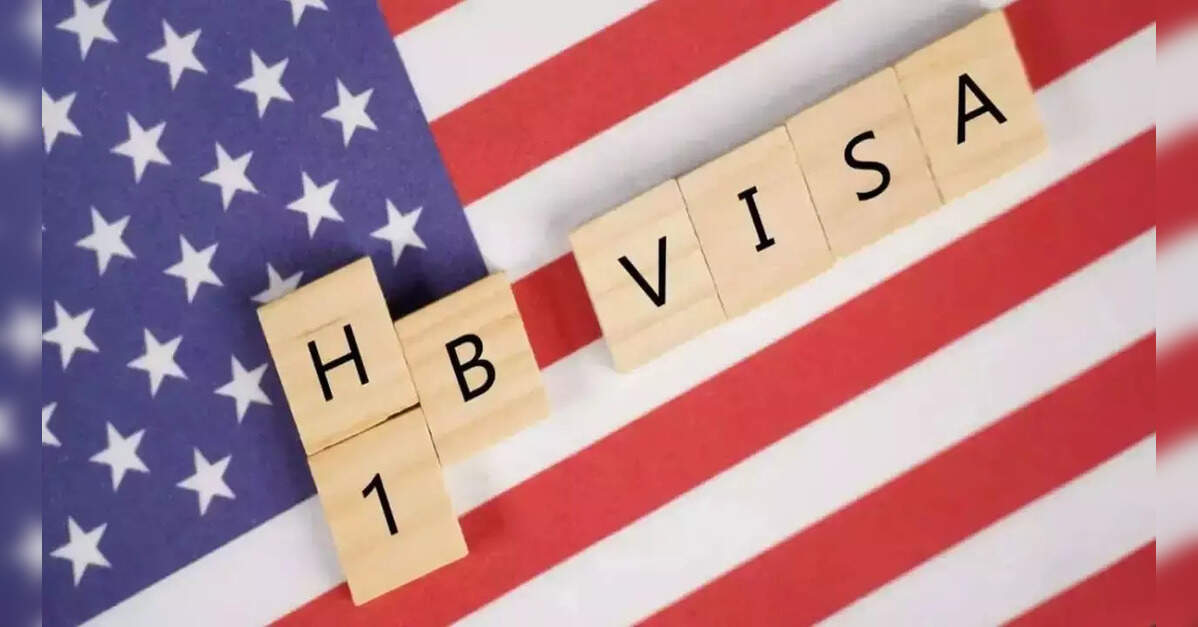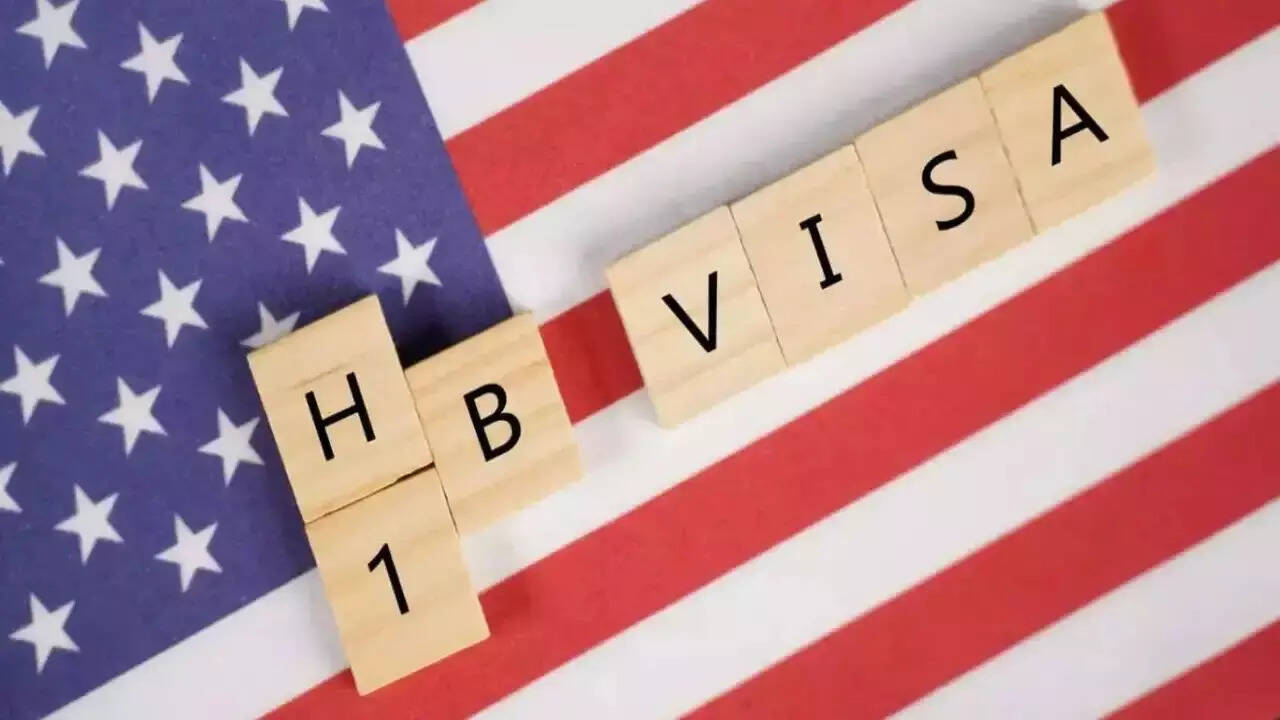
Cost to company too high for sponsoring (most) staff, ETEducation

Prachi Verma & Sreeradha Basu
Thousands of Indian professionals are likely to face the brunt of US President Donald Trump’s move to sharply raise annual fees for H-1B visa applicants with effect from Sunday.
Trump has signed a proclamation raising the fee used for bringing skilled foreign workers into the US to $100,000 (about ₹88 lakh) per year. The new fees are prohibitive, with some saying it even exceeds annual salaries of many professionals, potentially deterring several firms from sponsoring employees, barring the high-value, high-skilled ones they want to retain at any cost.
Indian IT professionals make up the majority of H-1B visa holders in the US, far ahead of China, Canada, and South Korea, among others. Rising H-1B costs could push companies to lean more on the L-1 route, which doesn’t have any cap on hiring. However, the latter is used only for intra-company transfers rather than hiring fresh talent and is also on the watch list of American authorities. Experts said the impact would also be felt by employers, triggering more job exits from the US in the medium to long run.
Meanwhile, panic and confusion reigned on the implications of Trump’s order.
Big Tech companies asking H-1B and H4 visa holders to return to the US before the deadline. “The current proclamation has created a lot of uncertainty among employees, and medium and small-sized employers in particular,” said immigration lawyer Sukanya Raman, country head for India at global immigration-focused law firm Davies & Associates LLC. Raman said lawsuits could be filed in the US against the order.
“Many don’t even get $100,000 as annual salary; for most employers, it doesn’t make sense to train an employee and pay this huge amount as application fees annually,” said Raman. “Companies would consider moving more jobs out; L-1 visas will also be in demand.”
An employee at a Big Tech firm in the US said anxiety is rampant among those on H-1B following Trump’s directive. “Some are cancelling their winter trips; some are saying how it would make sense to go back home rather than face this constant uncertainty and growing wave of protectionism.”
“Indians currently outside the US and planning for H-1B will find it difficult to find many employers willing to pay this additional fee,” said Piyush Kumar, regional director for South Asia, Canada and Latin America at education consultancy IDP.
According to Rajneesh Pathak, founder and CEO of GlobalNorth, an investment advisory firm, L1 is already being used by companies to avoid the uncertainty surrounding H-1B.
Similarly, Rohit Jain, managing partner of law firm Singhania & Co said the new $100,000 fee is expected to push companies towards L-1. However, L-1 visas require the employee to have worked for the company abroad for at least a year, making it unsuitable for new hires.
However, Ankit Mehra, CEO of GyanDhan, an education financing marketplace, highlighted that the L-1 route comes with its own challenges. “Historically, whenever H-1B fees were increased, the L-1 was also targeted, particularly because both categories are heavily used by global IT and outsourcing firms.”
Source link



